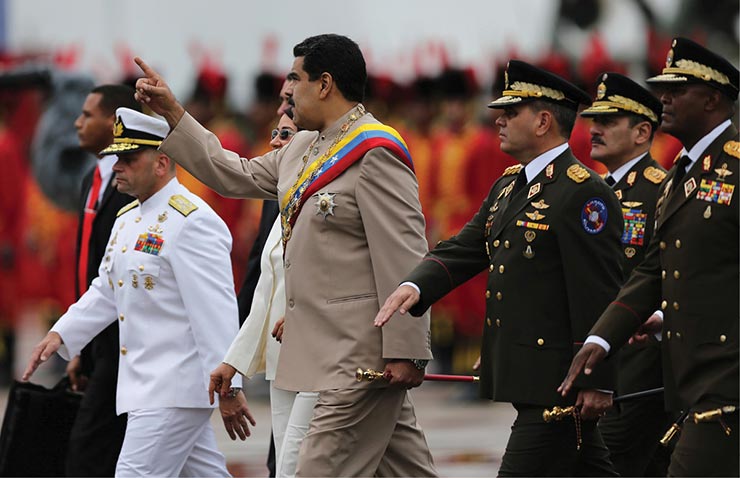By Alexander G. Savelyev
In December 2019, the United States officially invited China to enter into a strategic security dialogue. The White House said it hoped Beijing’s consent to this proposal might become the first step towards an international agreement encompassing all nuclear weapons of the United States, Russia, and China. As expected, this proposal was rejected. China said its nuclear arsenal was much smaller than those of the United States and Russia, and it would be able to participate in such talks only when their nuclear potentials were brought to parity with its own.
In March 2020, U.S. President Donald Trump once again declared his intention to ask Russia and China to hold such talks with the aim of avoiding a costly arms race (Reuters.com, 2020). The Chinese Foreign Ministry’s response followed virtually in no time. Its spokesperson Zhao Lijian said that China had no intention of taking part in the so-called China-U.S.-Russia trilateral arms control negotiations, and that its position on this issue was very clear (ECNC.cn., 2020). He called upon the United States to extend the New START and to go ahead with the policy of U.S-Russian nuclear arms reduction, thus creating prerequisites for other countries to join the nuclear disarmament process. There is nothing new about China’s stance. A year earlier Chinese Foreign Ministry spokesperson Geng Shuang, while speaking at a news conference in May 2019, made a similar statement. China refused to participate in a trilateral arms control agreement (Fmprc.gov.2019).
It is noteworthy that while advising the United States and Russia to downgrade their nuclear potentials to its level, China does not say what exactly this level is. One of the rare official statements (if not the sole one) on that score was the Chinese Foreign Ministry’s statement, published on April 27, 2004, that China’s nuclear arsenal was the smallest of all (Fact Sheet China, 2004). Even in that case the Chinese Foreign Ministry did not specify if it was referring to the quintet of the UN Security Council’s permanent members. If so, China’s nuclear arsenal, according to official statistics, consisted of no more than 190 warheads (Britain’s level that year). Such (understated according to most analysts) estimates, have also been mentioned by a number of experts. For example, Harvard researcher Hui Zhang says China in 2011 had 166 nuclear warheads. There are other, higher estimates. For instance, Professor Phillip Karber of Georgetown University believes that China has 3,000 warheads at its disposal (Karber, 2011), while many other researchers call this in question.















